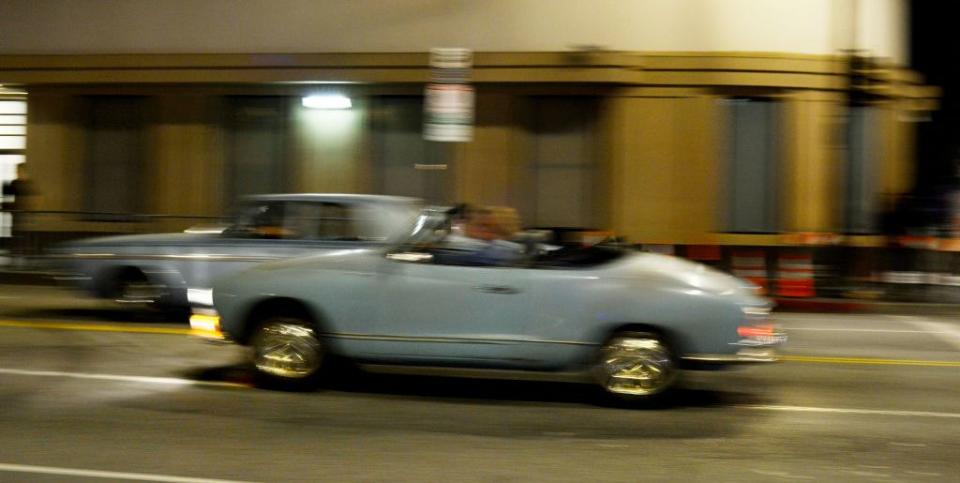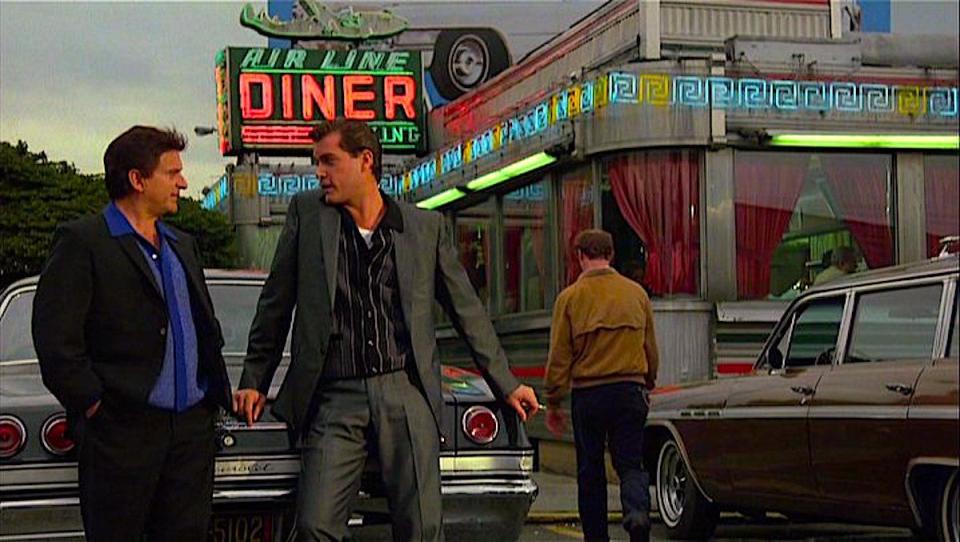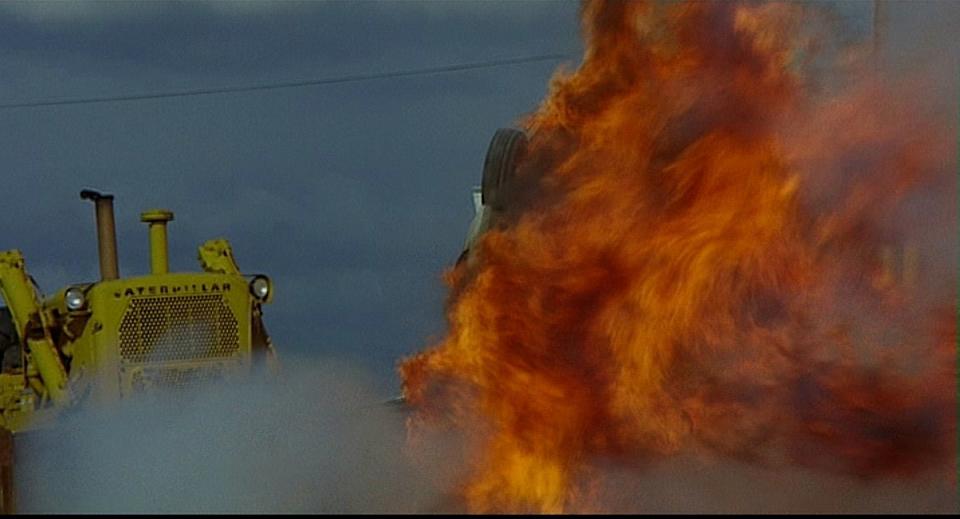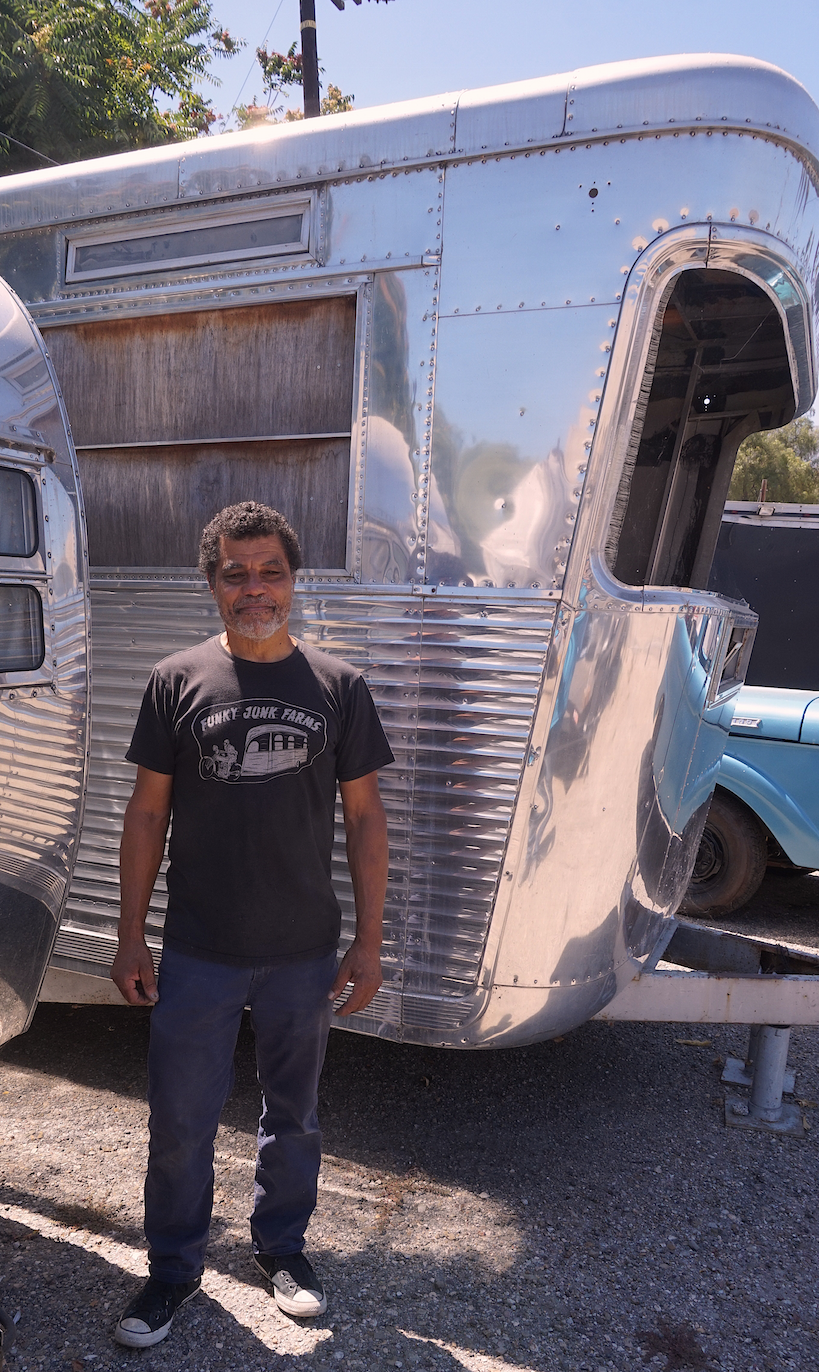"Once upon a Time . . ." a Car Guy Went to the Movies

"It sounds exhausting to be you at the movies," my cousin Susan Huffman Montanaro wrote after I posted my impression of Quentin Tarantino's new film, Once upon a Time … in Hollywood. Because when it comes to movies, particularly period pieces such as Tarantino's latest, I'm obsessed with the cars.
Once Upon a Time . . . is set during the late 1960s leading up to the August 1969 murders of Sharon Tate and her friends by members of the hippie-homicidal Manson family. The moment the movie starts, I'm looking for cars that shouldn't be there. Like the rounded windshield VW Beetle in the parking lot, right there. At the start of the movie. That's a Model 1303, and they didn't start making them until '73.
This automotive tunnel vision can be a curse. After all, a movie is only a movie, and I should be able to suspend disbelief long enough to get through two hours or so without being distracted by the cars. But in one of the greatest movies of all time, Martin Scorsese's Goodfellas, there's Ray Liotta leaning up against a '65 Chevy Impala in a scene set in 1963. I've grown to love that film, but I'm still appalled by that anachronism. Appalled, I tell you.

The first time I knew this would be part of my life was my sixth, seventh, or eighth viewing of 1971's Vanishing Point when I was 10 or 11. It was then that I realized that the car that hit the bulldozers at the end of the movie was not the star—a 1970 Dodge Challenger—but a '67 Camaro. Turns out, they fake everything in the movies.

I know I'm not alone in this particular sickness. Go online and there are sites dedicated to things like categorizing all the different VWs used to portray Herbie in The Love Bug and its inferior sequels. Because of a C/D story I wrote back as the movie was being made back in 2000, I've come across myself being quoted authoritatively as an expert on "Eleanor" the Mustang that starred in that iffy flick, Gone in Sixty Seconds. And I've been derided often by Eleanor fanatics, too. People care about this stuff. Well, some people care. Hell, I care.
Don't even get me started on the factual error embedded in that Gone movie about the Firebirds on The Rockford Files. I told them it was a mistake and they kept it in anyhow. It's enough to tempt me to use an exclamation point.

And I'm kind of bummed no one has linked to my article from Gone's Wikipedia page. I was the only journalist on set, and I inventoried all the Mustangs. What do I have to do to get some love on that?
"If it's a big picture-car movie, or any movie really," explains Steven Butcher, "depending on how much knowledge the director has, they suggest cars sometimes, or they leave it up to you." Butcher, 61, is credited as the Picture Car Coordinator on Once upon a Time . . . in Hollywood. "You read the script and put a car to the character. The person he is, what he does for a living, whatever the character is. That tells you what car. Whether it's brand new or an old beater. Or a nondescript car. Whatever. You pick four of those and that's that. You show them to the director and he picks them."
For Once, Butcher says he recruited close to 2000 cars to act as background and harmonize with the movie's re-creation of 1969 Hollywood. "In every film there's always going to be something wrong," he explains. "Because you don't have control over all these cars. You're relying on other people."

Every film shoot is a constantly moving behemoth. There are dozens of departments—transportation, wardrobe, electrical, props, and a dozen others—and they all have their own specific responsibilities. For instance, Butcher's department built and gathered the vehicles, but it was the prop department that was responsible for the license plates. And those plates drove me nuts.
I'm old enough, barely, to remember 1969. And at that time, the California Department of Motor Vehicles issued black plates with yellow numerals and letters. There were only six characters on the plates: three letters in a group, a space, and then three numbers. But the plates in Once all mix the numbers and letters together. It's a little disconcerting to, well, me, since I know those old plates and some are still around. But it's also understandable since, for legal reasons, they can't use any plate numbers that might still be on a car.
That in mind, there are a lot of sweet things for car nerds in the movie. Like the Firebird driven by Manson victim Abigail Folger which, as the actual Pontiac did, has an STP sticker on the decklid and a bumper sticker supporting Los Angeles mayoral candidate Tom Bradley. "I do my research," says Butcher. And the two identical Karmann-Ghias driven by Brad Pitt's character are both hot rods—one with a bigger-than-stock VW flat-four engine, the other with Subaru power.
But the most impressive re-creation is the 1959 Ford Galaxie driven by the Manson family killers on that fateful August night. Weathered and aged (and wearing the correct plate), the cream-colored sedan is an utterly creepy thing to behold. And an impressive piece of automotive craft, since the car was black with red interior when the production team found it in Georgia.
I liked Once upon A Time . . . in Hollywood enough that I'll likely see it again. And download it when it comes to iTunes, since I'm just that much of a car goon. And every time I watch it, I'll cringe a little big seeing the bubble-widow Beetle parked in the lot. And I'll feel a little frustrated by the fact that the same '66 Impala keeps showing up in the background of driving shots.
I'm sure that there are aviation fanatics already furiously posting on IMdB about the fact that Tarantino has Pan Am flying 747s months before those planes actually entered service. We all have our own obsessive crosses to bear.
I'm anticipating an absolute torrent of error charting when the new film Ford vs. Ferrari opens in November. That production can't simulate the 1966 running of the 24 Hours of Le Mans without making big mistakes, can it?
The automotive and entertainment industries have developed alongside each other. They're the two businesses that reordered America during the 20th century. To a certain extent, my passion for cars richens my love of movies. Even noticing the errors has become something I enjoy.
But sometimes I also want to just turn that part of my brain off and watch the movie.
You Might Also Like

 Yahoo Autos
Yahoo Autos 